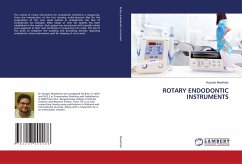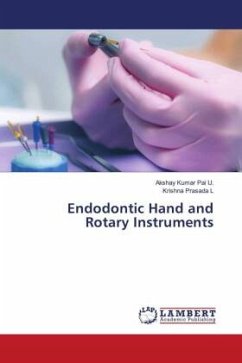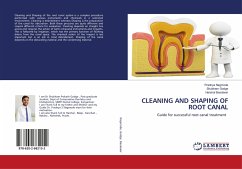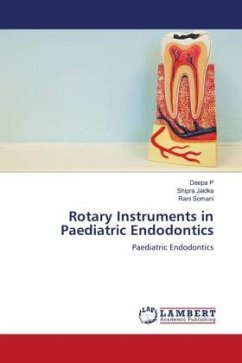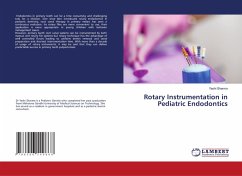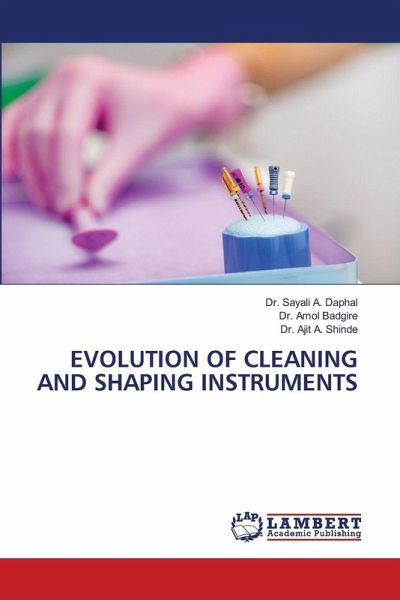
EVOLUTION OF CLEANING AND SHAPING INSTRUMENTS
Versandkostenfrei!
Versandfertig in 6-10 Tagen
29,99 €
inkl. MwSt.

PAYBACK Punkte
15 °P sammeln!
The evolution of cleaning and shaping instruments in endodontics spans tools carved from watch springs and piano wire in the 19th century, progressing to stainless steel hand files standardized mid 20th century-commonly K files and H files-whose rigidity led to canal transportation and ledging. A true transformation began in the late 1980s-early 1990s with the clinical introduction of nickel titanium (NiTi) files, offering superelasticity and shape memory that significantly improved flexibility, safety, and shaping precision in curved canals. Over successive generations, NiTi systems evolved t...
The evolution of cleaning and shaping instruments in endodontics spans tools carved from watch springs and piano wire in the 19th century, progressing to stainless steel hand files standardized mid 20th century-commonly K files and H files-whose rigidity led to canal transportation and ledging. A true transformation began in the late 1980s-early 1990s with the clinical introduction of nickel titanium (NiTi) files, offering superelasticity and shape memory that significantly improved flexibility, safety, and shaping precision in curved canals. Over successive generations, NiTi systems evolved through refinements in geometry, heat treatment, surface finishing, and motion kinematics-including rotary, reciprocating, and adaptive designs-to balance shaping efficiency and fatigue resistance. The current focus is on minimally invasive endodontics, integrating CBCT guided planning with flexible, conservative NiTi instrumentation for effective cleaning while preserving root structure.




